Rolex is renowned for producing some of the most iconic watches in the world, including the Submariner, Datejust, and Explorer. However, among all its models, the Cosmograph Daytona has evolved into one of the most coveted watches, particularly in recent decades. Once a relatively easy find at authorized dealers, the steel Daytona model became a rare commodity as demand skyrocketed. Despite its early struggles with popularity, the Daytona has endured, earning a place in horological history as a symbol of racing excellence and craftsmanship.
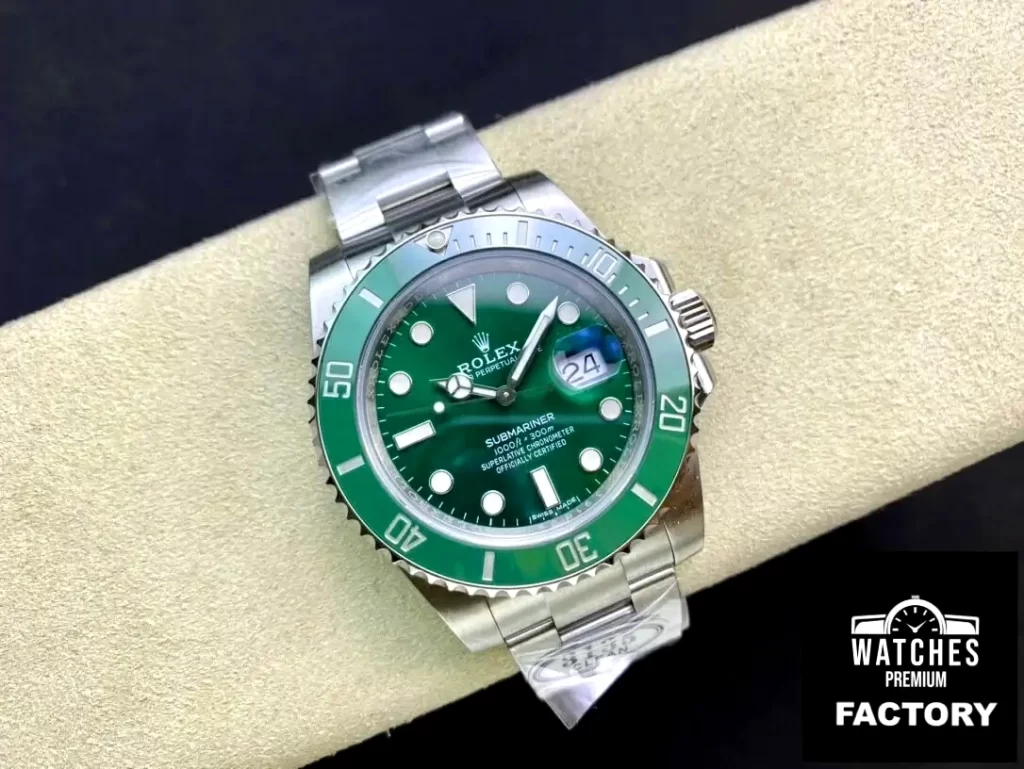
Origins and Naming of the Cosmograph Daytona
The Daytona name is closely tied to the brand’s commitment to the racing world. In 1966, Rolex became the official timekeeper of the renowned Rolex Daytona International Speedway, a partnership that solidified the Daytona’s association with motorsport. The name “Daytona” appeared on the dials of the Cosmograph, emphasizing its racing pedigree.
Initially, however, the watch was branded as “Le Mans,” after the famous 24 Hours of Le Mans race. A 1963 advertisement even referred to it as the “Le Mans” before Rolex switched to “Daytona” following its partnership with the Daytona race. Interestingly, despite its early reference to Le Mans, Rolex would later commemorate the 100th edition of the 24 Hours of Le Mans with a special edition of the Cosmograph Daytona.
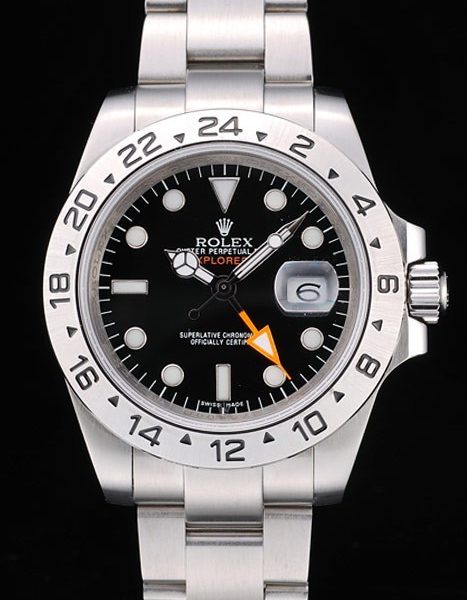
Ref. 6239: The Birth of the Daytona (1963-1969)
The Cosmograph Rolex Daytona’s journey began with the introduction of reference 6239 in 1963. This model replaced the earlier ref. 6238, which is often considered the “pre-Daytona” version of Rolex’s chronograph. The key differences included the placement of the tachymeter – on the dial of the 6238 and on the bezel of the 6239 – and the introduction of different dial and sub-dial colors, marking the first appearance of the “panda” and “reverse panda” dials.
Ref. 6239 also introduced a key feature that became synonymous with the Daytona: the tachymeter bezel. Early models of the 6239 were marked with a base 300 tachymeter scale, which later evolved into a base 200 scale and eventually a base 400 scale. This model also set the tone for future Rolex chronographs, offering a more dynamic and sporty aesthetic compared to previous models, which were simpler and more monochromatic.
The Valjoux 722 Movement: The Heart of the Daytona
The Daytona’s iconic status was bolstered by its movement – the hand-wound Valjoux 72. Rolex enhanced this movement with a Breguet overcoil and free-sprung regulator, renaming it the Caliber 722. This column-wheel chronograph movement, known for its robustness, powered the Daytona for several decades. With a relatively low beat rate of 18,000 vibrations per hour (vph) and a 48-hour power reserve, the Caliber 722 delivered precision and durability for racing enthusiasts and watch aficionados alike.
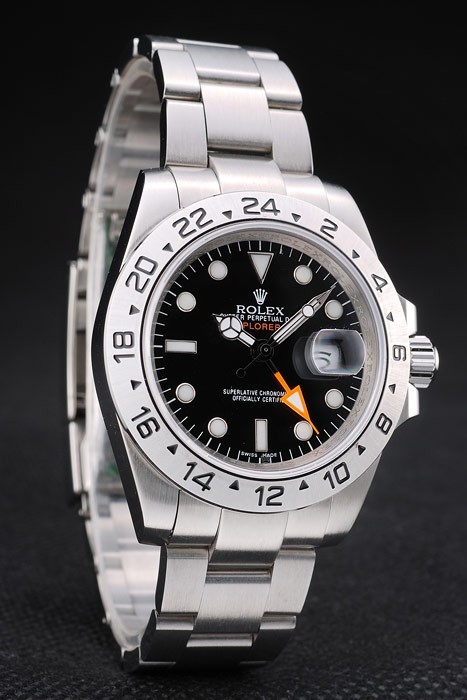
Ref. 6240: The Oyster Case and Water Resistance (1965-1969)
In 1965, Rolex introduced reference 6240, a significant upgrade to the Rolex Daytona line. The most notable change was the inclusion of screw-down pushers and a screw-down crown, enhancing the watch’s water resistance to 100 meters. This upgrade aligned the Daytona more closely with other professional Rolex sports watches, such as the Submariner and GMT. The addition of these “Oyster” features marked a key moment in the Daytona’s evolution, making it not only a precision racing chronograph but also a reliable tool watch.
Ref. 6240 also featured a black acrylic bezel insert with white numerals, a reversal of the earlier steel bezel with black numerals, further cementing the Daytona’s distinct visual identity.
Ref. 6262 and 6264: Transition to a New Movement (1970-1972)
The early 1970s saw the introduction of references 6262 and 6264, which brought updates to the Daytona while maintaining the core design elements of previous models. These references featured the new Caliber 727, which retained the Valjoux 72 architecture but improved the frequency to 21,600vph. However, these models marked a transitional period, as Rolex temporarily abandoned the screw-down pushers in favor of pump pushers, making water resistance a secondary concern for this iteration of the Daytona.
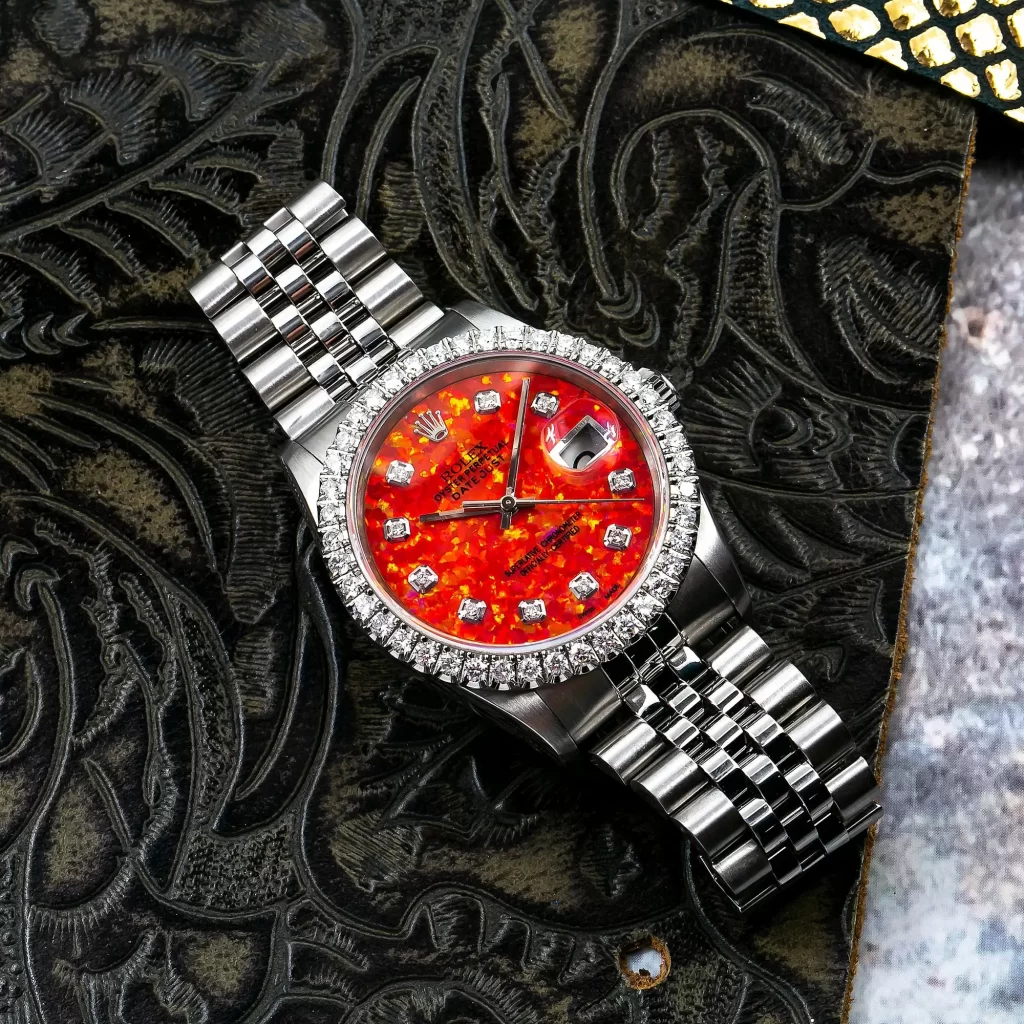
The Zenith Movement Era: Ref. 16520 and the Move to Automatic (1988-2000)
The Rolex Daytona truly modernized in 1988 with the introduction of reference 16520. This model marked the transition from a hand-wound movement to an automatic one, thanks to the use of Zenith’s El Primero movement. Rolex modified the El Primero, dubbing it the Caliber 4030, and made over 200 modifications, including a reduction in the frequency from 36,000vph to 28,800vph to align with Rolex’s COSC-certified standards.
Ref. 16520 also brought the fake Rolex Daytona into the modern era with a 40mm case, a sleeker dial aesthetic, and the addition of sapphire crystal. It was also the first model to feature the now-iconic Oyster bracelet with polished center links, elevating the Daytona’s luxury appeal. The watch’s new design and automatic movement helped transform the Daytona into a beloved and highly sought-after model.
Ref. 116520: In-House Movement and the Birth of a Legend (2000-2016)
In 2000, Rolex introduced the Rolex Daytona ref. 116520, marking the first time the model featured a completely in-house movement: the Caliber 4130. This movement was a major leap forward, incorporating a vertical clutch, column-wheel chronograph, and a 72-hour power reserve. The new movement reduced the number of components by 20% compared to the previous Caliber 4030, improving reliability and ease of service.

Alongside the technical upgrades, the Daytona ref. 116520 featured slight aesthetic changes, including new sub-dial placements and the use of Super-LumiNova in place of tritium. This model solidified the Daytona’s status as one of the most prestigious chronographs on the market.
The Cerachrom Bezel and the Steel Ceramic Daytona (2016-Present)
In 2016, Rolex introduced the Daytona ref. 116500LN, which brought the Daytona back to its roots with a steel case, paired with a black Cerachrom bezel. This model also marked a return to the original black and white dial configurations, but with modern updates, including the use of the Cerachrom bezel for improved scratch resistance and durability.
The 116500LN has since become one of the most coveted Rolex models, as demand has far outstripped supply, turning the steel replica Rolex Daytona into a “unicorn” watch. This reference remains the most popular contemporary Daytona, and it continues to define Rolex’s commitment to precision, performance, and style.
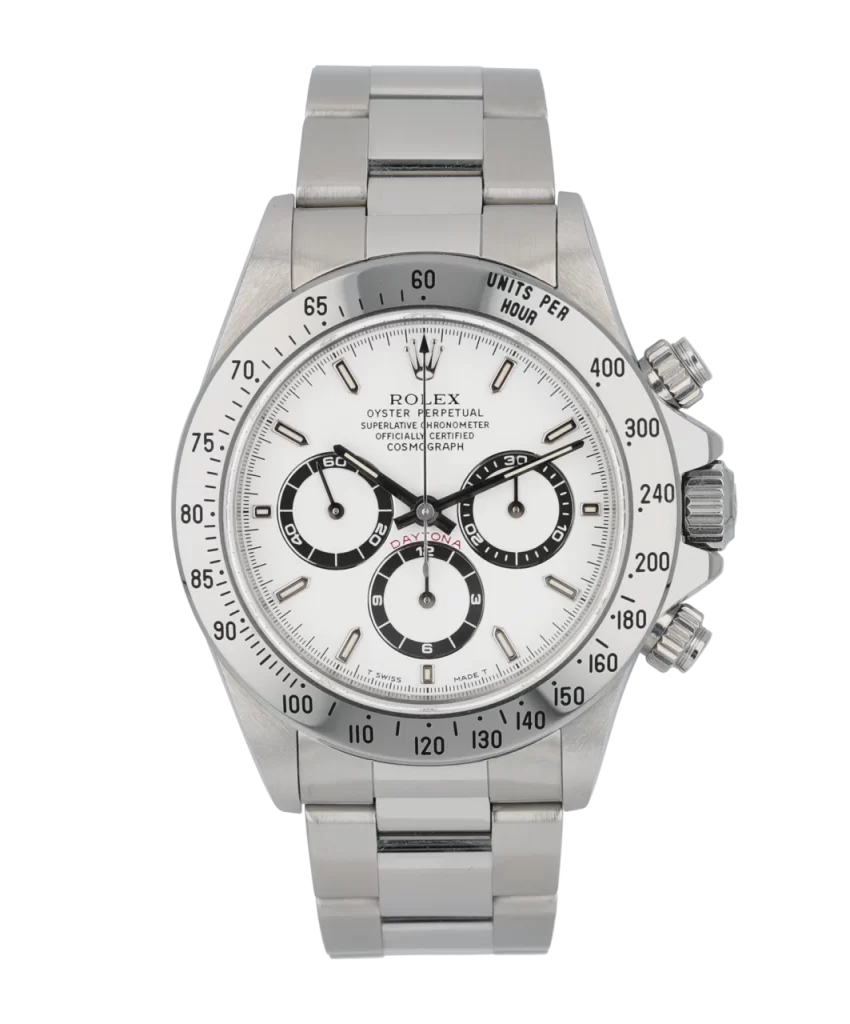
Ref. 126500LN: The 60th Anniversary Redesign (2023-Present)
The most recent update to the Daytona, the ref. 126500LN, was introduced in 2023 to mark the model’s 60th anniversary. While maintaining the 40mm case size, this iteration features a more refined design, with softer lines, tapered lugs, and a thinner profile. The sub-dials have also been subtly redesigned, with larger interiors and a more balanced aesthetic.
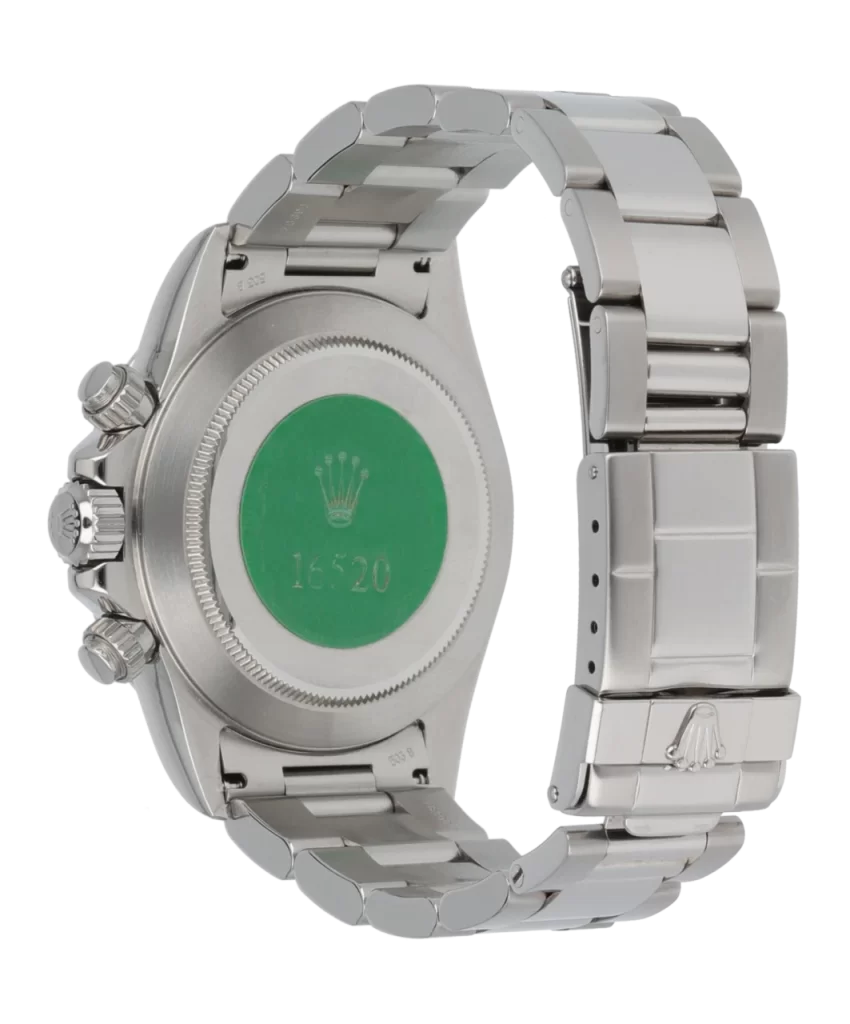
Inside, the Rolex Daytona now houses the new Caliber 4131, which offers even greater accuracy and efficiency, boasting an impressive accuracy of +/-2 seconds per day. This movement represents Rolex’s continuous commitment to excellence and innovation in the chronograph space.
From its humble beginnings as a niche chronograph to becoming one of the most sought-after watches in the world, the clone Rolex Daytona has undergone a remarkable transformation. Today, it stands as an icon of both racing heritage and luxury watchmaking, a perfect blend of precision, performance, and style. Whether you’re a collector or an enthusiast, the Daytona continues to represent the pinnacle of Rolex’s horological expertise and innovation.